Sony A7R II Review - AF, Performance and Features Review
AF, Performance and Features
Sony's flagship CSC sets new standards
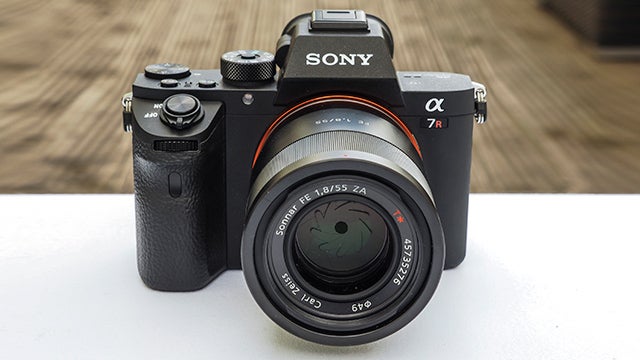
Sections
- Page 1 Sony A7R II Review
- Page 2 AF, Performance and Features Review
- Page 3 Image Quality, Video and Verdict Review
Sony A7R II – Features
Sony’s higher-end DSLRs are never shy on features. To start, there’s Wi-Fi and NFC, enabling the camera to communicate with a phone or tablet. The primary reason for this is so you can transfer your shots to a phone without the need for a laptop.
You can also use Wi-Fi to control the shutter remotely, using the phone as a controller. 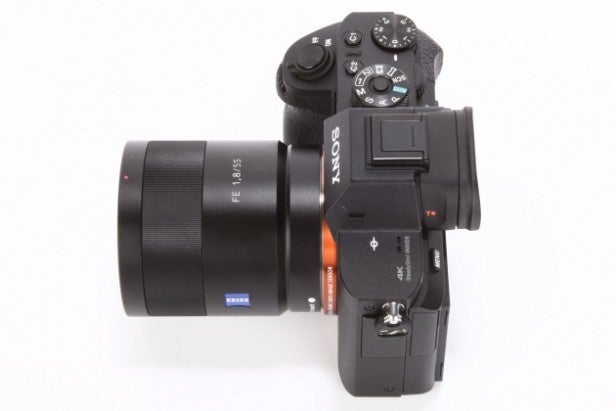
Next up is an optional electronic shutter, which successfully addresses one of the light, but niggling, problems of the A7R.
This is normally used to speed up the shutter, letting you expose for an infinitesimally small period. However, in the Sony A7R II it’s used to enable a fully silent mode, which is useful when noise is likely to disturb your subject – nature shots, for example.
Both the electronic and physical shutter go up to 1/8000 second, which is already faster than most mechanical shutters. I recommend sticking to the physical shutter if you don’t mind the slight noise in your shots. Using the electronic one can cause rolling shutter image distortion, and the Sony A7R II’s standard shutter is far quieter than the A7R’s one anyway.
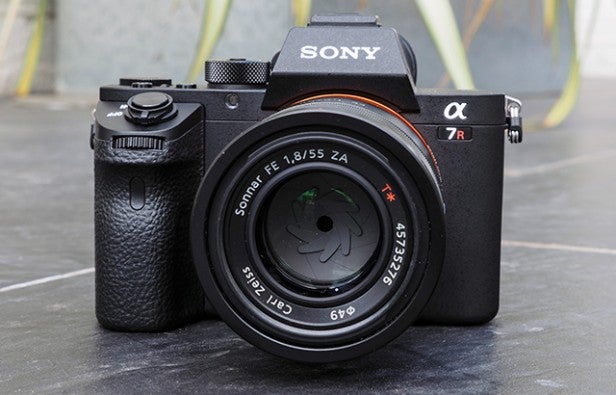
The Sony A7R II doesn’t have an integrated flash. It’s no surprise there are some compromises involved in fitting a full-frame sensor into a CSC-size body. A hotshoe is on-hand should you want to attach your own, however – although a flash unit isn’t included.
The other big compromise of a smaller-bodied camera is battery life. The Sony A7R II’s battery lasts for 300 shots, or 270 using the EVF. While this isn’t terrible, it’s hundreds fewer than a high-end DSLR. As something of an apology, the Sony A7R II comes with two batteries in the box, giving you the flexibility to shoot for about as long as you could with a high-end DSLR.
Since the Sony A7R II uses optional micro-USB charging, it’s also possible to use the type of external battery pack you’d use to charge tablets or phones for a quick power boost.
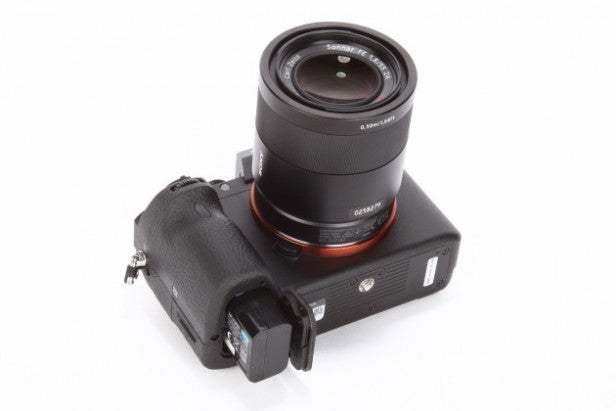
Sony A7R II – Performance and AF
Perhaps the most important, and one of the more predictable, upgrades of the Sony A7R II is its optical image stabilisation system (OIS). It has 5-axis in-body OIS. I’ve seen this in other Sony cameras, but it was missing from the A7R. It provides 4.5 stops of stabilisation, which lets you shoot handheld at lower ISOs – by slowing down the shutter speed – without your shots being ruined by handshake blur.
Those five axes compensate for pitch, yaw, vertical and horizontal movement, plus rotational movement. The latter is particularly useful when shooting video.
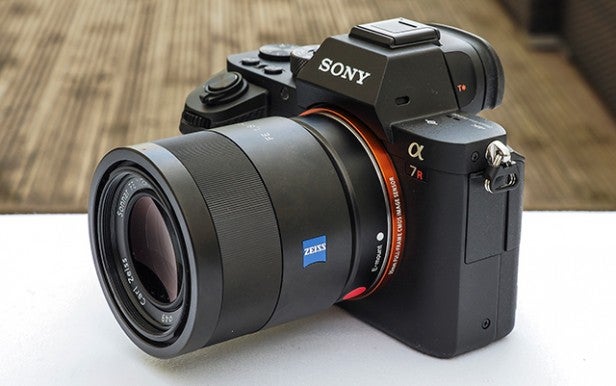
I was impressed by the Sony A7R II OIS’s power. During my tests I was able to shoot at speeds as slow as 1/20 and still achieve pin-sharp images. That’s doubly impressive when you consider how unforgiving a super-high resolution sensor such as this 42.4-megapixel one will be.
This radically increases the day-to-day (or, day-to night) flexibility of the Sony A7R II. Plus, the OIS system can be used with any lens, even non-Sony ones. When used with a “native” mount OIS-equipped lens, the two systems will work together, letting the lens handle rotational stabilisation.
There remains one area where the Sony A7R II is not at home, however: action photography. The burst mode shoots at 5fps. That’s the same as the ultra-high resolution competition, such as the Nikon D810, but is at the lower end of what today’s cameras offer. All that you need to take from this is that the A7R II values image quality and resolution over shooting speed.
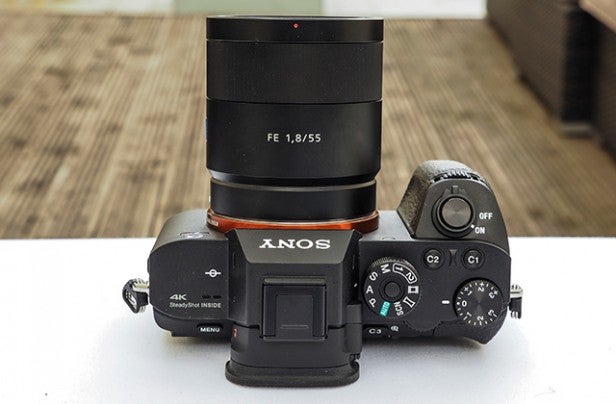
That’s with Sony’s top-end Bionz X processor at the helm – the same “family” used in the Sony A7R. I received a single frame per second upgrade, but this is isn’t a surprise given the amount of data involved here.
The sheer size of the Sony A7R II’s RAW files – at around 43-44MB – highlight how much data the camera has to juggle. If you don’t want to deal with quite as much load, you can also take 11-megapixel and 18-megapixel JPEGs. However, unlike some other cameras, you can’t shoot at these reduced resolutions in RAW format. Given that fast, high-capacity SD cards have now become so affordable, this shouldn’t be a major problem.
Speed of the burst shooting may not have improved much since the A7R, but autofocus speed certainly has. The first wave of Sony’s full-frame CSCs use a pure contrast-detection AF system, but the Sony A7R II has a hybrid system, merging phase-detection and contrast-detection methods.
Phase detection hasn’t been added half-heartedly, either. There are 399 phase-detection points on the sensor, providing coverage of around 2/3 of the frame. 25 contrast points provide backup.
We had the opportunity to compare the new system directly with the Sony A7R, to see how much of an improvement it is.
In solid daylight, there isn’t a huge change – the A7R’s contrast system is solid, after all. However, bring the light level down and the improvement becomes obvious. The Sony A7R II is much faster in poorer lighting, maintaining fast AF speed long after the contrast-only system has slowed and fallen prey to a bit of classic contrast-detect “seeking”.


